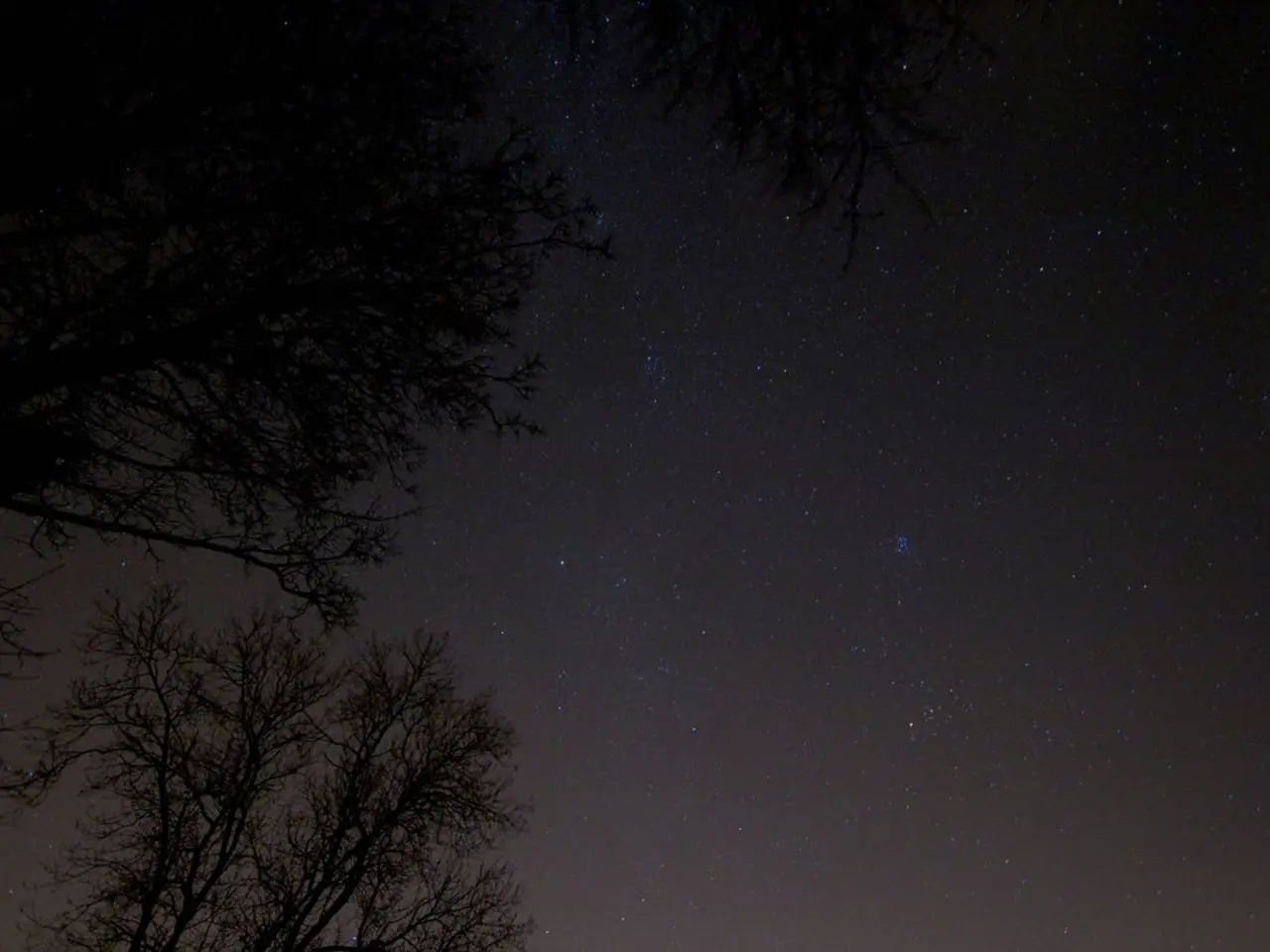Dual stars within the "Serpent God of Destruction" system are engaged in a fiery spectacle, according to the latest observations by the James Webb telescope, with each star expelling their glowing insides toward the other.
New Image Reveals Unique Dying Star System Apep
Astronomers have been captivated by a rare and unusual dying star system named Apep, located 8,000 light-years away in the Milky Way galaxy. The James Webb Space Telescope (JWST) has recently captured a stunning image of this celestial wonder.
First discovered in 2018, Apep is a colliding-wind binary composed of two classical Wolf-Rayet (WR) stars. These stars, with exceptionally strong and distinct stellar winds, produce an intricate and unusual dust nebula structure.
The JWST observations have revealed several remarkable features. The twin WR stars in Apep have distinct wind speeds: one emits a faster wind at about 3,500 km/s, while the other emits a slower wind at around 2,100 km/s. Unlike the typical "pinwheel" spiral dust patterns seen in other WR colliding-wind binaries, Apep's dust forms a broad, expansive conical shape resembling a "windsock."
Another intriguing finding is the presence of a third, more distant companion star that influences the nebula's structure. This star, a stable giant, is carving out a cavity in the dust spit out by Apep's dying siblings, creating a peculiar "bite" in the dust shells.
Spectroscopic measurements of wind speeds differ by a factor of about four from the observed expansion speeds of the circumstellar dust, suggesting an asymmetry in one star's wind, likely caused by rapid rotation. This asymmetry is unusual and points to Apep as a rare potential Galactic progenitor of a long-duration gamma-ray burst.
The two primary WR stars orbit each other about 100 astronomical units apart and take roughly 193 years to complete an orbit. Their eccentric orbit means dust production predominantly occurs near closest approach, forming expanding shells visible in JWST’s infrared images.
These unique features—two classical WR stars with vastly different wind speeds, a third companion star, an atypical dust nebula morphology, and a wide eccentric orbit—make Apep an exceptional system for studying stellar death processes, dust formation, and the dynamics of complex multiple star systems.
Wolf-Rayet stars, rare, slowly dying stars that have lost their outer hydrogen shells, spew gusts of ionized helium, carbon, and nitrogen from their insides. The superheated contents of a Wolf-Rayet star, including carbon dust, glow brightly in the infrared spectrum.
The image of Apep, visually stunning, has been published in two preprint papers on July 19, 2023, but has not yet been peer-reviewed. The findings about Apep could potentially be shared and contribute to scientific knowledge, providing insights into how stars die and the carbon dust they leave behind.
Apep, named after the ancient Egyptian serpent god of chaos, is a highly rare star system that was discovered in 2018. Studying this system could offer valuable insights into the mysteries of stellar death and the cosmic dust it creates.
Science has revealed that Apep, a unique dying star system located in the Milky Way galaxy, is composed of two rare Wolf-Rayet stars and a stable giant companion, as observed by the James Webb Space Telescope (JWST). This system's technology-aided discovery and study provide valuable insights into the mysteries of stellar death, dust formation, and the dynamics of multiple star systems within the realm of space-and-astronomy.




